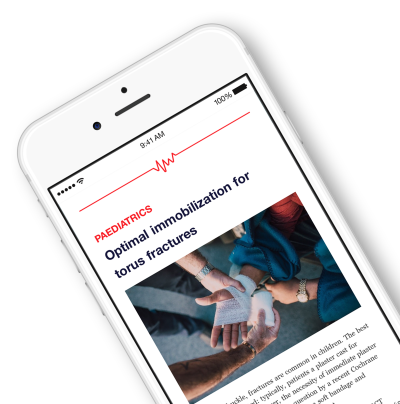Data is The New Oil: OrthoEvidence Amasses a One of a Kind Analyzable Database (Updated) .
OE M.I.N.D. is a structured, machine-learning-ready database housing over 144 million data points from 10,000+ orthopaedic RCTs and meta-analyses. Supporting more than 3,000 treatments across nearly 200 conditions, it is the engine behind OE Analytics—a suite of powerful tools designed to unlock predictive insights, automate meta-analyses, streamline study planning, map regulatory evidence, analyze market impact, track ongoing trials, and explore trending research. OE M.I.N.D. is transforming how orthopaedic evidence is generated, explored, and applied—bringing data-driven precision to clinical decision-making and innovation.
Unlock the Full original article
You have access to 4 more FREE articles this month.
Click below to unlock and view this original article
Unlock Now
Critical appraisals of the latest, high-impact randomized controlled trials and systematic reviews in orthopaedics
Access to OrthoEvidence podcast content, including collaborations with the Journal of Bone and Joint Surgery, interviews with internationally recognized surgeons, and roundtable discussions on orthopaedic news and topics
Subscription to The Pulse, a twice-weekly evidence-based newsletter designed to help you make better clinical decisions
Exclusive access to original content articles, including in-house systematic reviews, and articles on health research methods and hot orthopaedic topics
































































